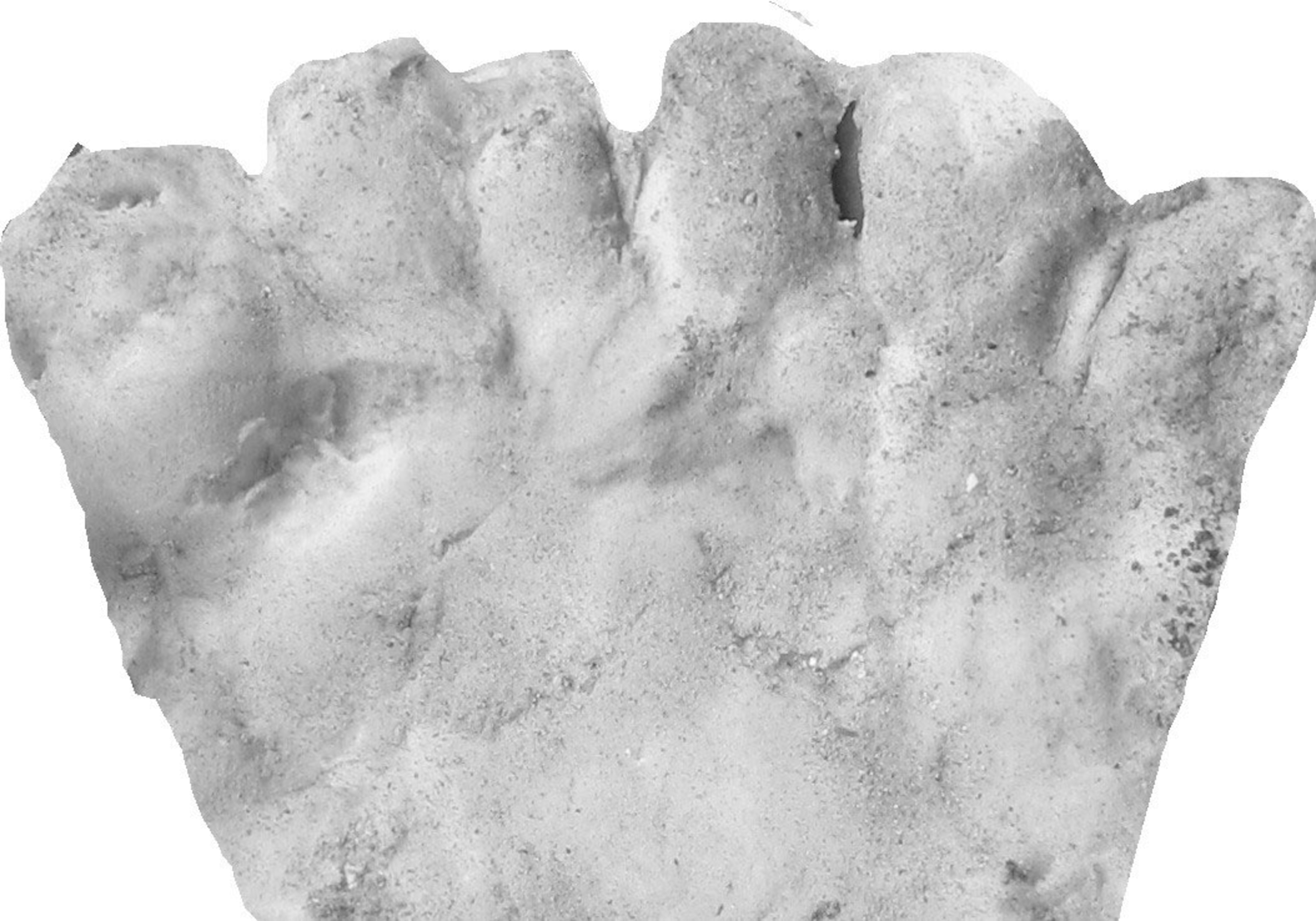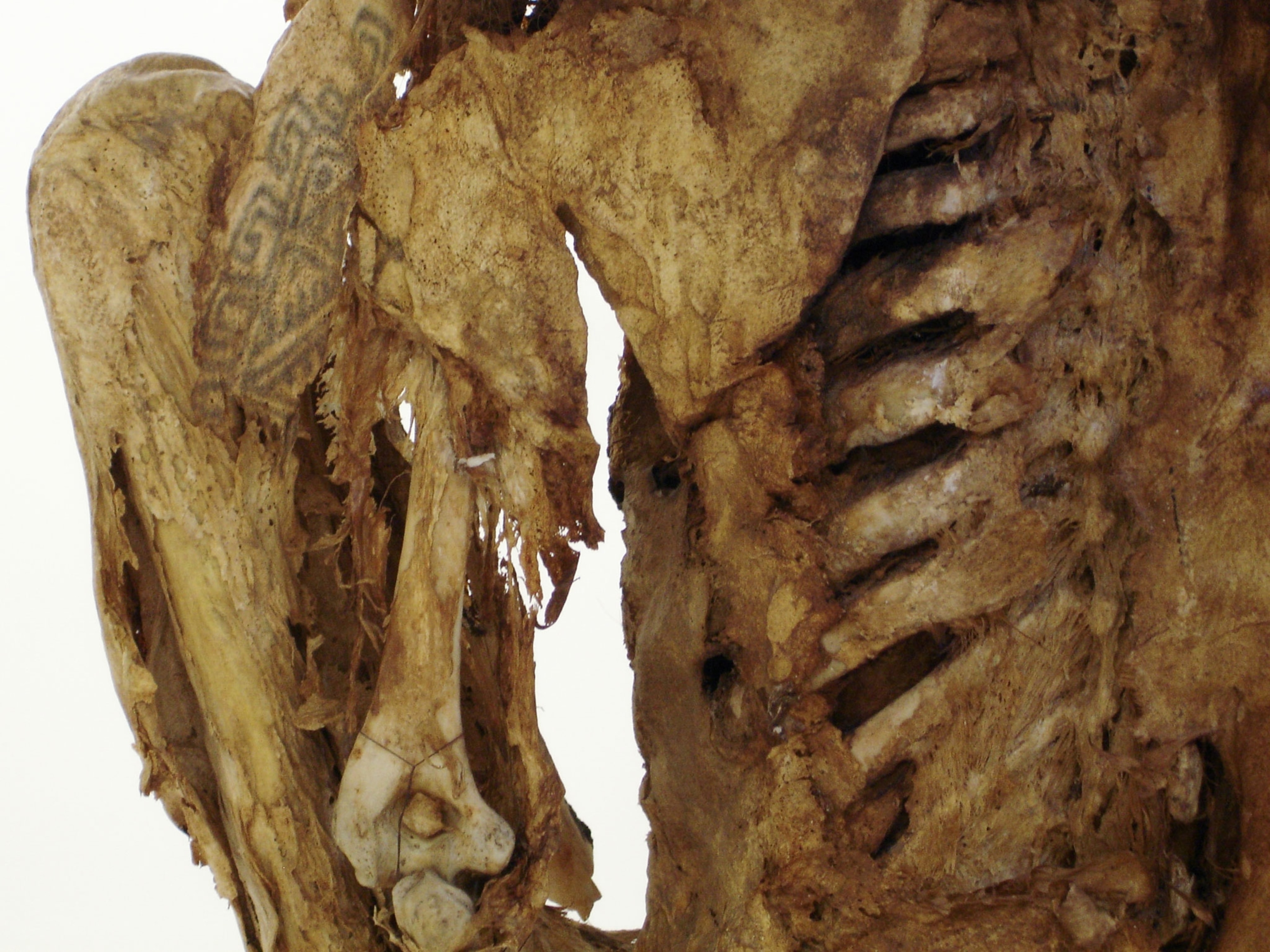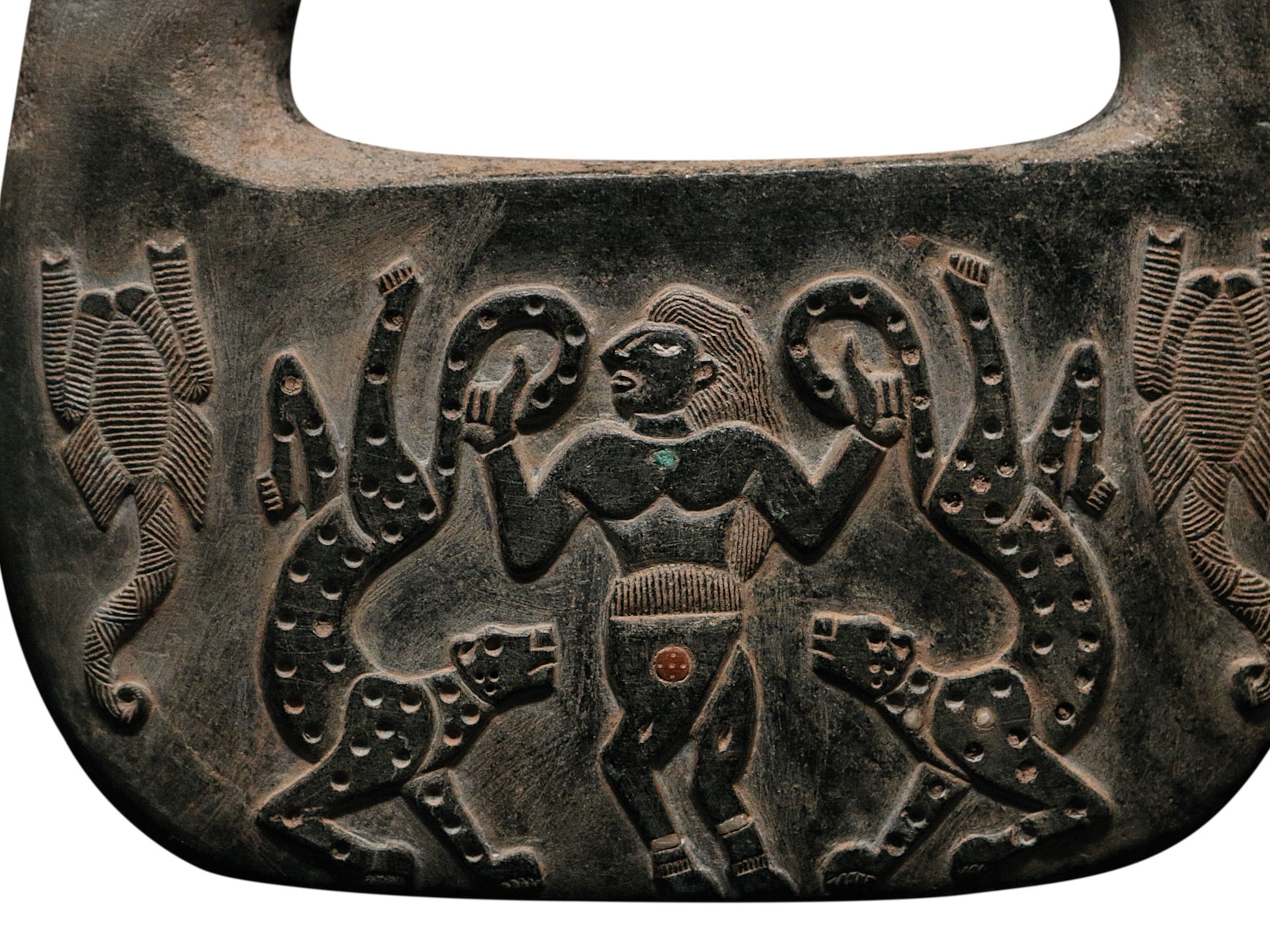
Extra Fingers and Toes Were Revered in Ancient Culture
The Pueblo people of Chaco Canyon decorated their great houses with six-digit footprints and sandal-shaped art.
In the great houses of Chaco Canyon, New Mexico, having an extra toe was one way to garner a lot of respect.
A unique prehistoric Pueblo culture thrived in the high desert of Chaco Canyon about a thousand years ago. Scientists have known about polydactyly among these people for years, based on images and skeletal remains showing extremities with extra fingers and toes. But past research revealed only hints about its importance to the ancient culture.
Initially intrigued by the divine powers attributed to polydactyls among the Maya, researchers led by anthropologist Patricia Crown of the University of New Mexico conducted a comprehensive review of evidence for the condition at the canyon’s sacred Pueblo Bonito site.
The findings, published today in American Antiquity, indicate that the society did not view six-toed individuals as supernatural, but this form of polydactyly did grant them exalted status in life and in death.
“We found that people with six toes, especially, were common and seemed to be associated with important ritual structures and high-status objects like turquoise,” says Crown, who is also a past National Geographic grantee.
On the Right Foot
To determine how common polydactyly was among the Chacos, the researchers conducted an analysis of 96 skeletons excavated from Pueblo Bonito during prior expeditions. The team analyzed full skeletons that were painstakingly reassembled over many years by co-author Kerriann Marden, a biological anthropologist at Eastern New Mexico University.
The anthropologists found three polydactyl individuals among the 96 skeletons, all with a sixth toe on the little toe-side of the right foot.
That may not sound like a lot, but at 3.1 percent of the Chaco population, it represents a much higher rate of polydactyly than what’s seen in modern Native Americans: Today only 0.2 percent of them are affected. More broadly, in the United States just 0.13 percent of Caucasians and 1.4 percent of African Americans are reported to have extra digits, though scientists suspect many cases may go unreported.

Dwellings in Chaco Canyon are also adorned with relics and imagery of feet—many of which have extra toes.
Excavations at the site have revealed several footprints and handprints plastered into the walls and floors throughout the great houses, and a number of these prints contain extra digits.
Polydactyl prints were intermingled with five-digit prints but were more frequently included at entrances to kivas (ritual rooms) and on walls adjacent to significant ceremonial structures. The location of the prints indicates that the extra fingers and toes were an honored element of the society.
The researchers also found an abundance of sandals, sandal-shaped stones, and images of sandals, which all include evidence of a jog feature to accommodate an extra toe.
People [with extra digits] were treated as special, and they were treated with a lot of respect.Patricia Crown
And while burial treatments differed among the six-toed individuals, all of them were interred respectfully either in or adjacent to burial and ritual rooms. One of the skeletons had an ornate anklet around its six-toed foot but carried no such offering on its five-toed foot.
All told, the pedal art and ornaments suggest that polydactyly was a respected and familiar physical trait, and not merely an artistic or mythical representation.
“What is important about this study is the strong case the authors make for significance and meaning,” writes Kelley Hays-Gilpin, an anthropologist at Northern Arizona University who was not on the study team but reviewed the work for publication.
“Using biology, art, architecture, and spatial distribution … they have built a substantial body of evidence where we only had some intriguing hints before.”
Toe to Toe
The authors of the study do not understand why the rate of polydactyly was higher among the Chacos, but they hypothesize that its well-regarded presence could have made it more common.
Past research indicates that if a heritable trait does not negatively affect the individual, it is often retained in the population. Other minor developmental anomalies, like short fingers and toes, are often passed from generation to generation. And if a trait is valued in the community, as it seems was the case for polydactyly among the Chaco people, it is more likely to increase in frequency through the years.

However, Crown cautions that the rate of polydactyly in Pueblo Bonito may not have been fully representative of the living population at the time, and may just reflect preferential burials and artistic representation.
Marden offers another hypothesis, speculating that the frequency of extra digits in the population may indicate there was an environmental trigger in Chaco Canyon. Possible triggers could include exposure to hazardous substances during pregnancy, or specific components of a mother’s diet while pregnant.
Whatever the reason, the new research does make clear that additional digits were exalted at the time.
“This was an important part of the past,” says Crown. “People [with extra digits] were treated as special, and they were treated with a lot of respect.”
Follow Aaron Sidder on Twitter.




